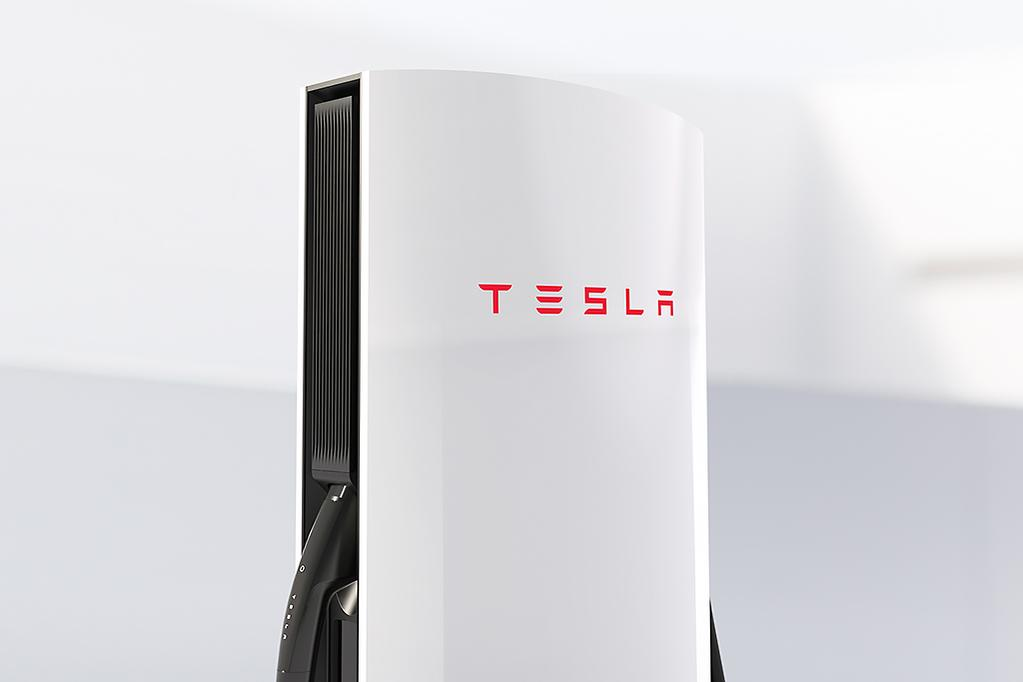In a year where electric vehicle (EV) technology continues to advance at lightning speed, Tesla’s V4 Superchargers have emerged as a game-changer in the realm of EV charging. With the global EV market projected to grow at a compound annual growth rate of 22.6% from 2023 to 2030, the demand for faster and more efficient charging solutions is more pressing than ever. Tesla, a leader in sustainable transportation, is set to transform the EV charging landscape with its V4 Superchargers, promising quicker, more efficient, and universally compatible charging options for EV owners worldwide. In this article, we explore how Tesla’s V4 Superchargers are revolutionizing EV charging in 2023, diving into their advanced technology, expanded compatibility, and the broader impact on the EV ecosystem.
The Technology Behind Tesla’s V4 Superchargers
Faster Charging Speeds
Tesla’s V4 Superchargers are designed to drastically reduce charging times, a crucial factor for EV adoption. Capable of delivering up to 350 kW of power, these Superchargers significantly outpace their V3 predecessors, which maxed out at 250 kW. According to Electrek, in optimal conditions, a V4 Supercharger can add up to 200 miles of range in just 15 minutes. This leap in charging speed not only enhances convenience for Tesla owners but also reduces congestion at charging stations, allowing for more vehicles to charge simultaneously.
Advanced Cooling Systems
One of the key technological improvements in the V4 Superchargers is their advanced liquid cooling system. This innovation allows the cables to remain cooler even at high power outputs, ensuring safety and efficiency. As reported by Wired, the cooling technology not only facilitates faster charging but also extends the lifespan of the chargers, reducing maintenance costs and downtime.
Expanded Compatibility and Accessibility
Universal Charging for All EVs
A standout feature of Tesla’s V4 Superchargers is their expanded compatibility with non-Tesla EVs. In a move towards a more inclusive charging network, Tesla has incorporated the Combined Charging System (CCS) standard into its V4 Superchargers. This decision aligns with global trends towards standardization in EV charging, as noted by Reuters Mobility. By opening their Supercharger network to all EVs, Tesla is set to increase its user base significantly, fostering a more interconnected EV charging infrastructure.
Strategic Placement and Increased Coverage
To maximize accessibility, Tesla is strategically deploying V4 Superchargers in high-traffic areas and along major travel routes. According to Bloomberg Green, Tesla plans to double its current network by the end of 2023, with a focus on underserved regions. This expansion not only enhances convenience for existing EV owners but also encourages potential buyers who may have been hesitant due to charging infrastructure concerns.
Practical Tips for Using V4 Superchargers
How to Charge Efficiently
- Pre-condition your battery: Use Tesla’s in-car navigation to pre-condition the battery before arriving at a Supercharger for optimal charging speed.
- Monitor charging status: Use the Tesla app to monitor your charging status remotely, allowing you to manage your time effectively.
- Follow etiquette: Move your vehicle once charging is complete to free up space for others.
Where to Find V4 Superchargers
- Tesla’s website and app: Access up-to-date maps of all V4 Supercharger locations.
- Third-party apps: Use apps like PlugShare to find nearby charging stations and read user reviews.
The Impact on the EV Ecosystem
Driving EV Adoption
The introduction of Tesla’s V4 Superchargers is poised to accelerate EV adoption by addressing one of the most significant barriers—charging time. As InsideEVs highlights, faster charging options make EVs a more viable option for long-distance travel, reducing range anxiety for potential buyers.
Encouraging Industry-Wide Innovation
Tesla’s advancements with the V4 Supercharger are setting a new industry standard, prompting other automakers and charging networks to innovate and improve their offerings. According to TechCrunch, this competitive drive is likely to result in faster, more reliable charging solutions across the board, benefiting the entire EV industry.
Conclusion
Tesla’s V4 Superchargers represent a monumental step forward in EV charging technology, offering faster speeds, wider compatibility, and increased accessibility. These advancements not only benefit Tesla owners but also support the broader EV community by encouraging more widespread adoption and innovation in charging infrastructure. As we look towards a future of sustainable transportation, Tesla’s commitment to enhancing the charging experience will undoubtedly play a crucial role. What are your thoughts on the future of EV charging? Share your opinions and join the conversation as we drive towards a greener tomorrow.

